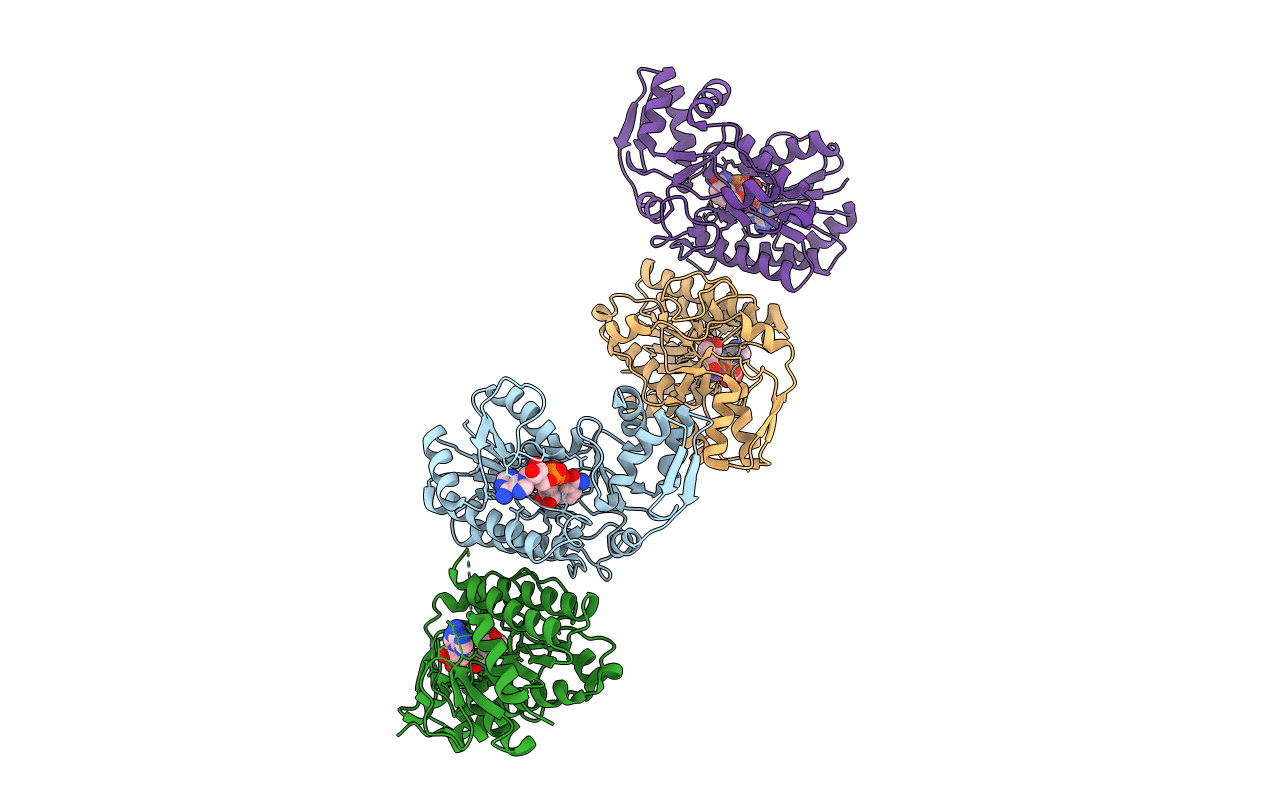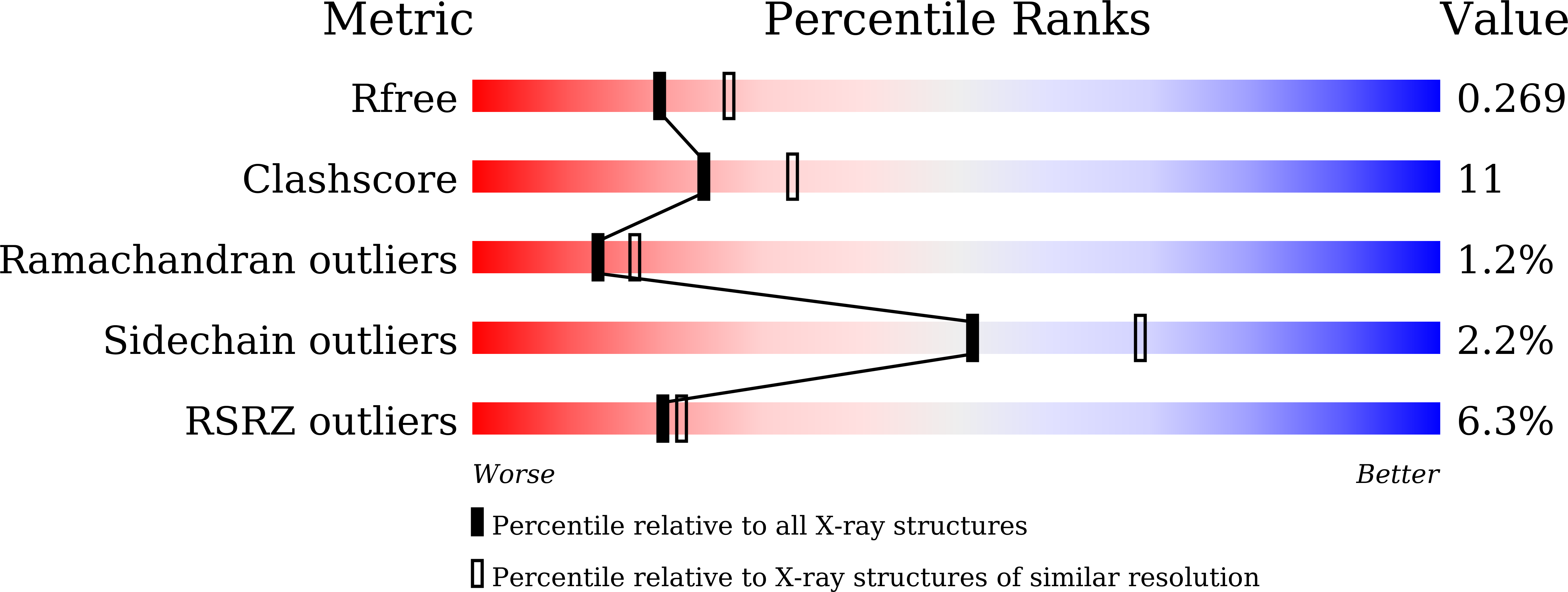
Deposition Date
2020-07-02
Release Date
2020-10-28
Last Version Date
2023-11-29
Entry Detail
PDB ID:
7CGV
Keywords:
Title:
Full consensus L-threonine 3-dehydrogenase, FcTDH-IIYM (NAD+ bound form)
Biological Source:
Source Organism:
synthetic construct (Taxon ID: 32630)
Host Organism:
Method Details:
Experimental Method:
Resolution:
2.38 Å
R-Value Free:
0.26
R-Value Work:
0.21
R-Value Observed:
0.21
Space Group:
P 1


